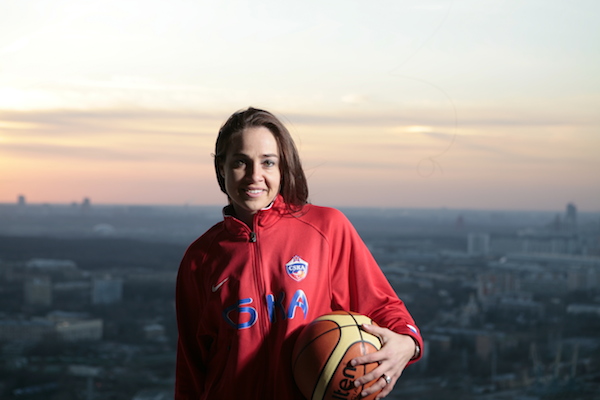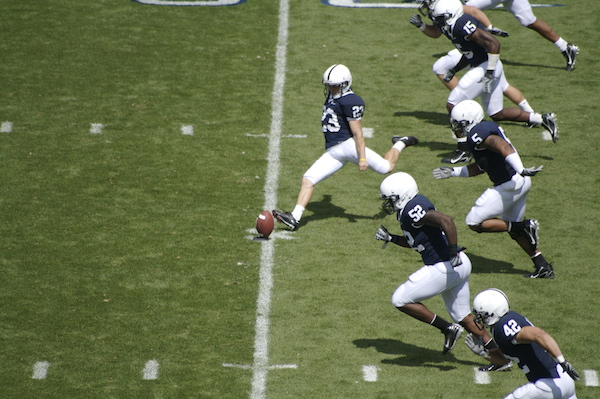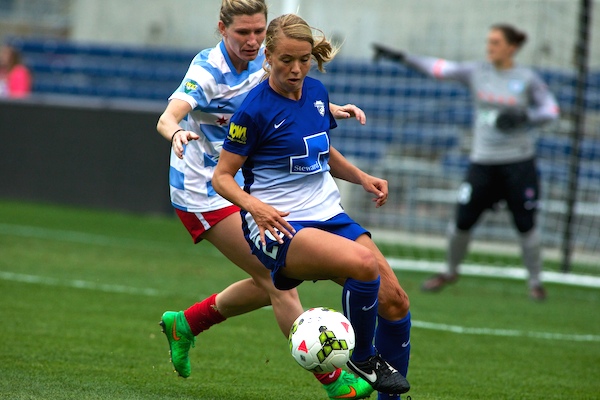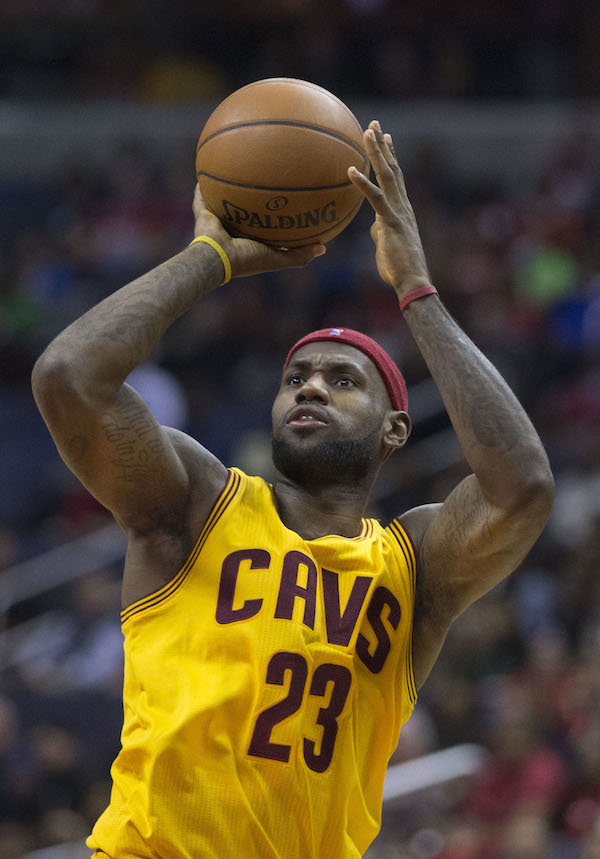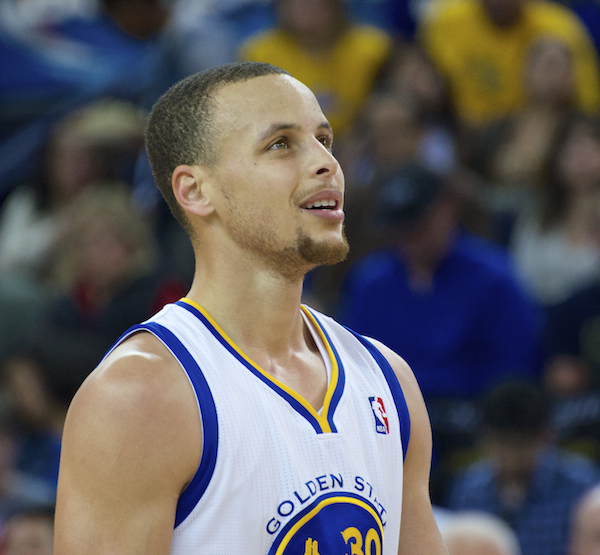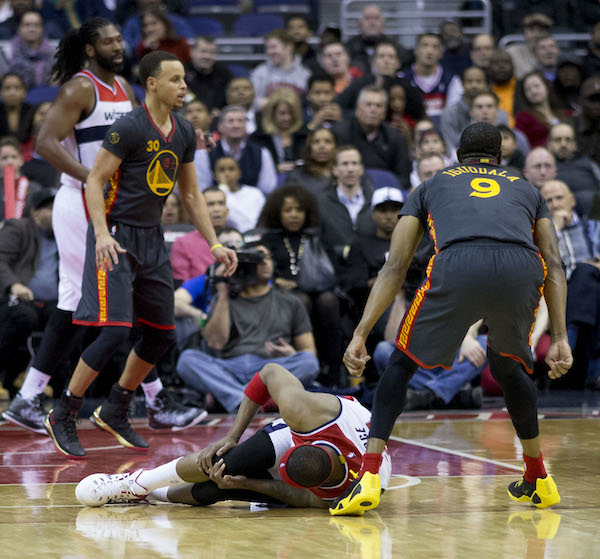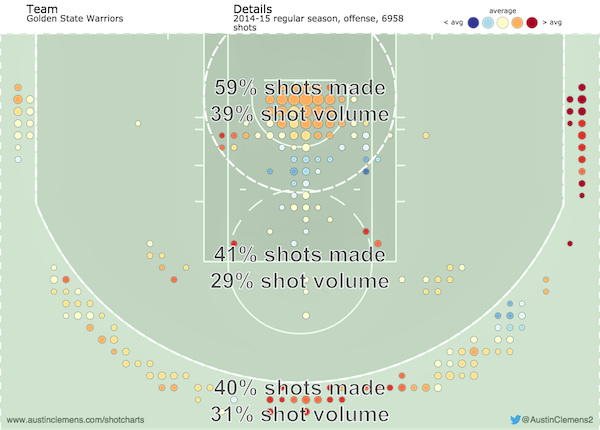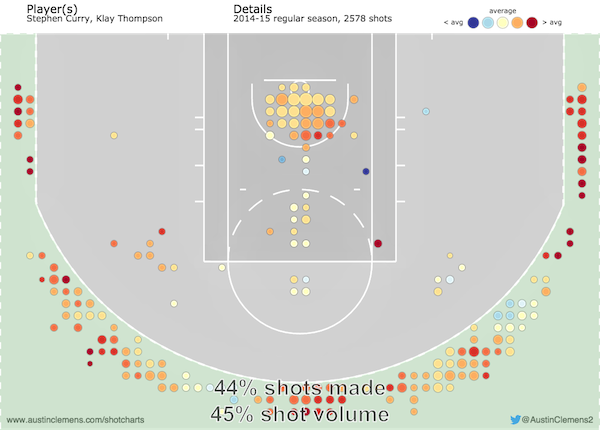On August 5, 2014, the San Antonio Spurs became the first National Basketball Association (NBA) team to hire a woman as a full-time coach by hiring Becky Hammon as one of their assistant coaches. On July 27, 2015, the Arizona Cardinals, a National Football League (NFL) team made similar headlines by hiring Jenn Welter to their coaching staff. Just recently, the Oakland Athletics, a team in Major League Baseball (MLB) made their mark by hiring Justine Siegal to their coaching staff. You’d be forgiven for thinking that the glass ceiling preventing women entering professional coaching as equals is breaking all over the place — across the country and across many sports. Alas, it’s not true. The hiring of Welter and Siegal by the Cardinals and Athletics are vastly different acts than that of the Spurs in hiring Hammon. They’re not comparable in any way. If anything, these lesser hirings should show us just how radical, brave, and smart the Spurs are.
Welter was hired by the Cardinals to be an “assistant coaching intern for training camp and the preseason to work with inside linebackers.” She was one of four people to work with the team’s linebackers – who are a group of around eight to 15 on teams of 53 to 90 people. Come the regular season, and Welter was gone, having served her time. Siegal is likely to have a similar experience with the Oakland As. She was hired as “a guest instructor with [the As] Instructional League team.” The Instructional League is a place for very young prospects and injured or over-the-hill veterans to play. Its season lasts only for September and October, and is separate from the core minor league system. In other words, she wasn’t hired to coach the major league Athletics nor any of their seven full-time minor league teams.
Hammon, on the other hand, is one of six full-time assistant coaches on the San Antonio Spurs bench. She has already spent a full season with the team and is entering her second year. During the summer, she was asked to head coach the Spurs Summer League team, an honor typically given to a team’s top assistant coach. She led that team to the Summer League title. As premature as this sounds, there are already speculative articles being written about Hammon’s prospects as a head coach. Given the Spurs well-established record of stability, my guess is that she’ll stay with the team for at least a few more years. The speculation isn’t unwarranted though. As you can see in this chart, four former assistant coaches under Spurs head coach Gregg Popovich and an additional three players who played for him have become head coaches in the league. If Hammon continues on the path she seems to be on, she will become a good candidate for a head coaching position.
The problem is – will anyone team have the guts to hire her? As sad as this sounds, my guess is that her only reasonable chance is to stay in San Antonio and aim to be hired as Popovich’s heir when he decides to retire. Other teams just don’t seem to be up to it. Don’t be fooled by the other high profile female hirings in sports. Any movement toward equality is a good one, but it’s important to understand that they have been small head-fakes toward equality, while the Spurs move was a full-on slam dunk.

